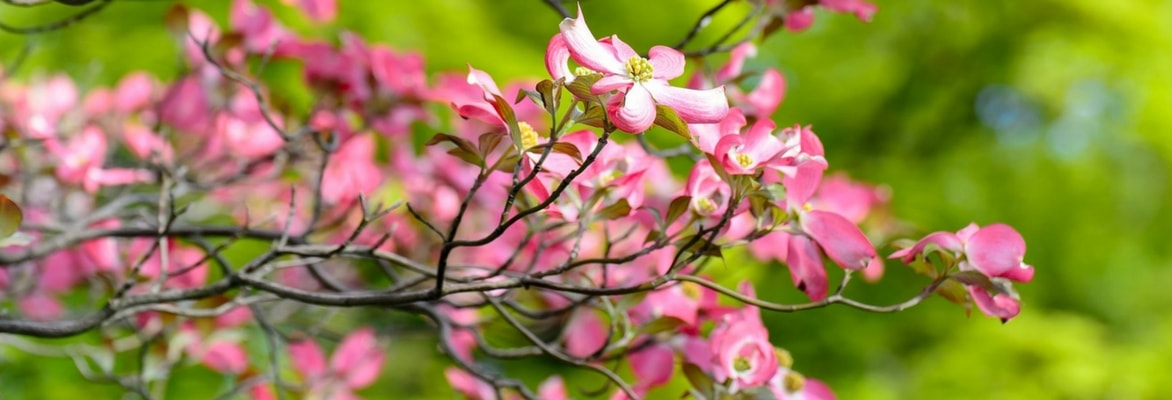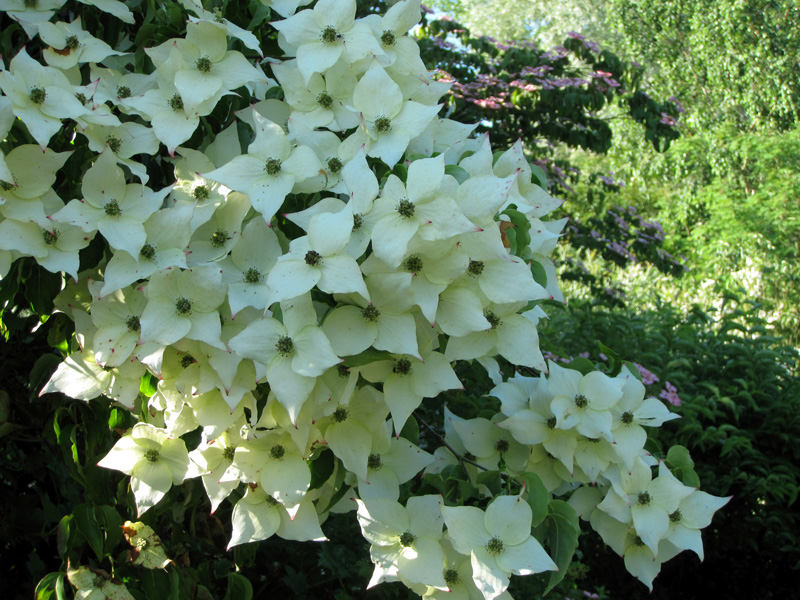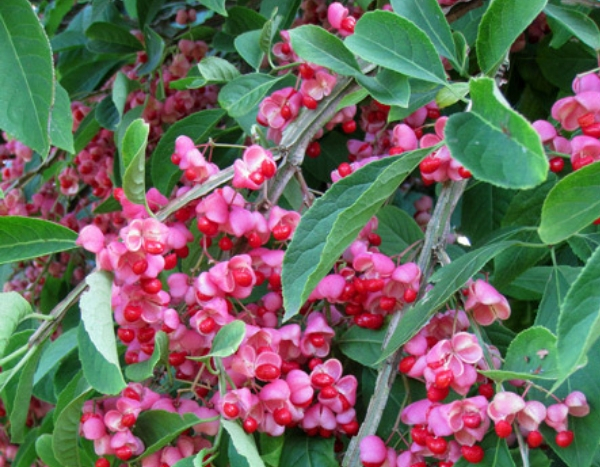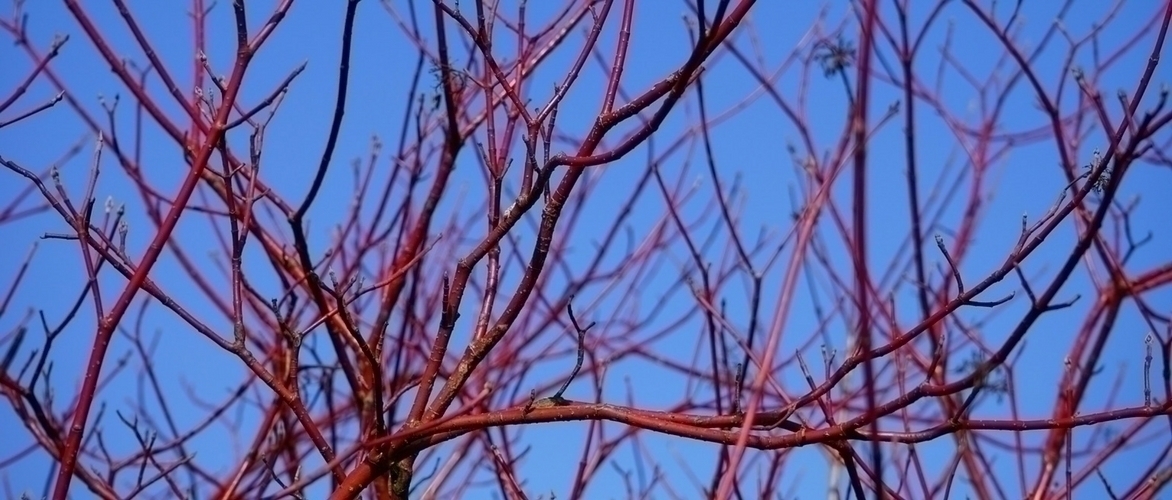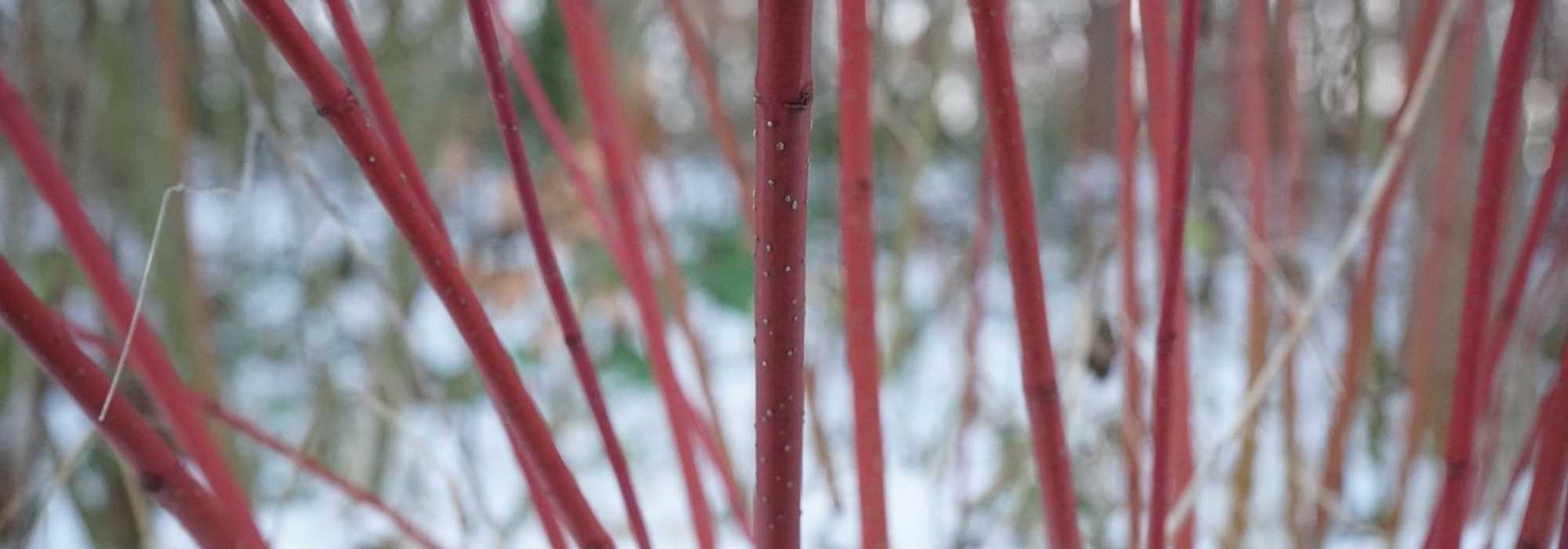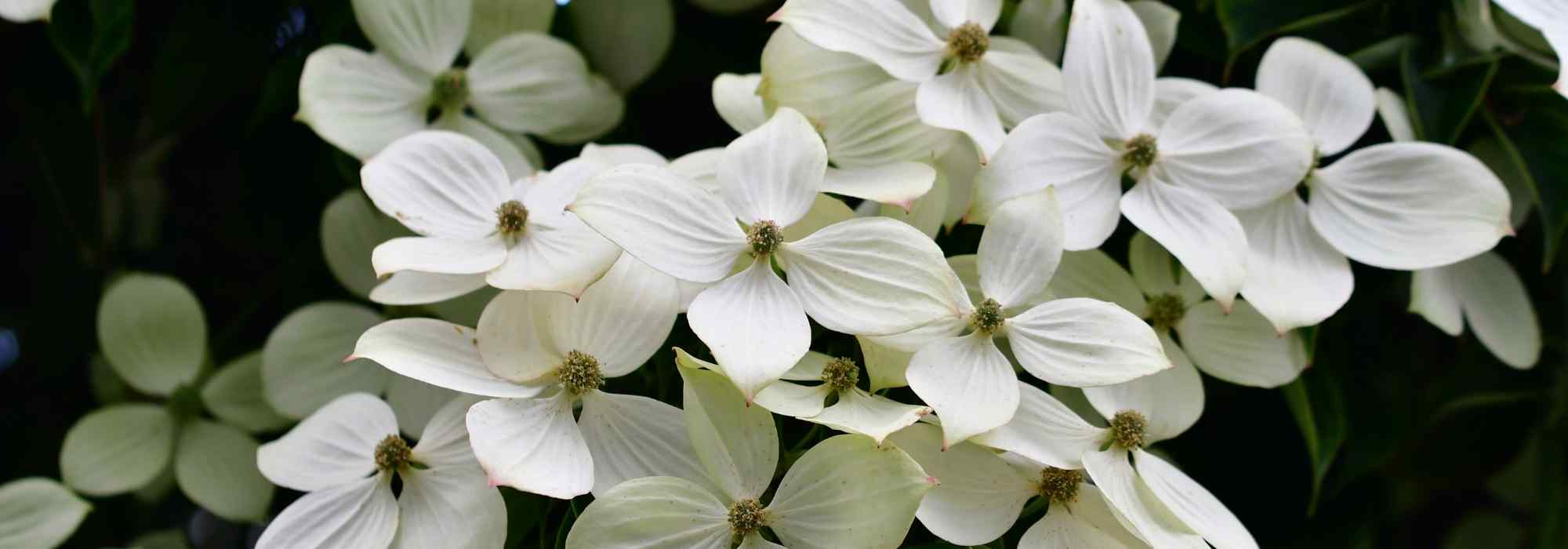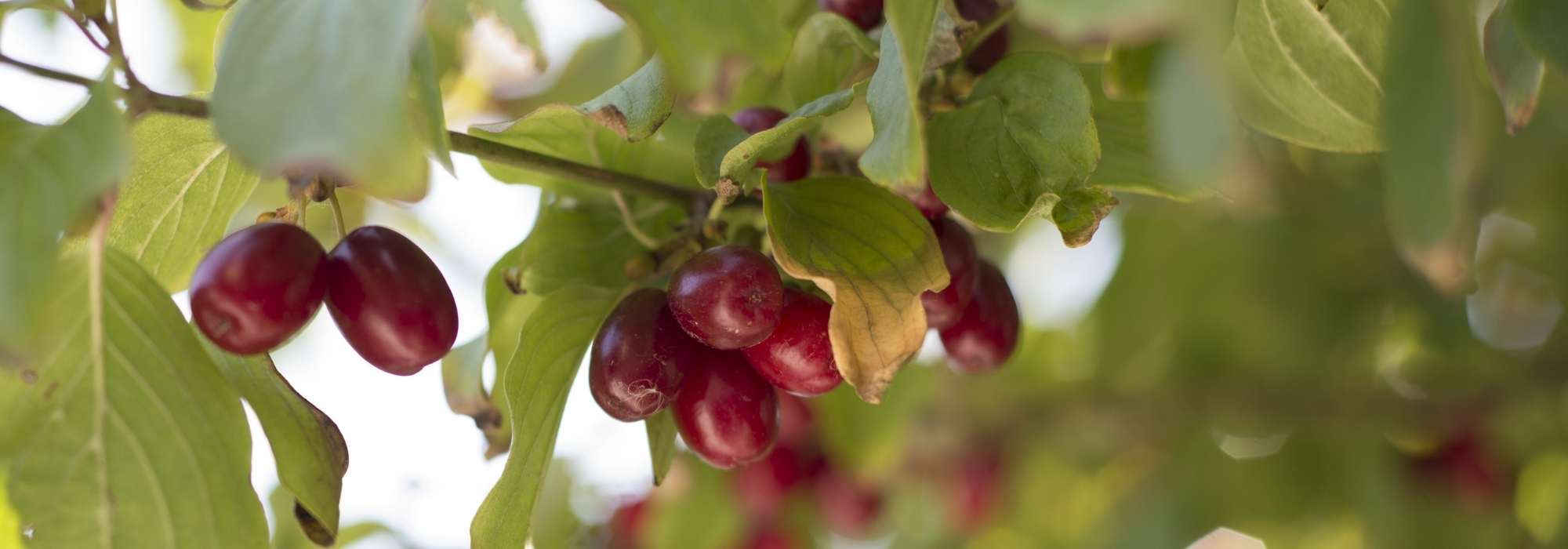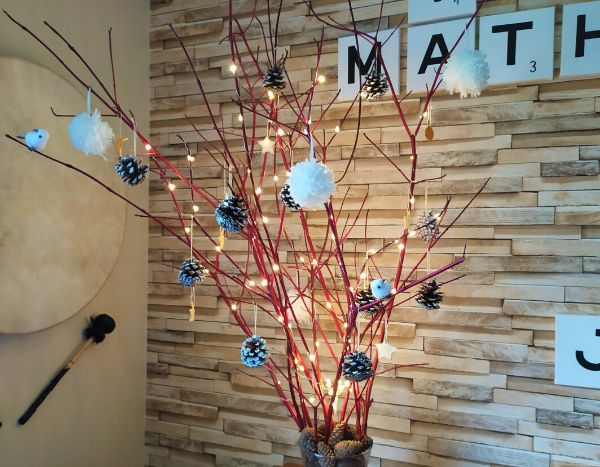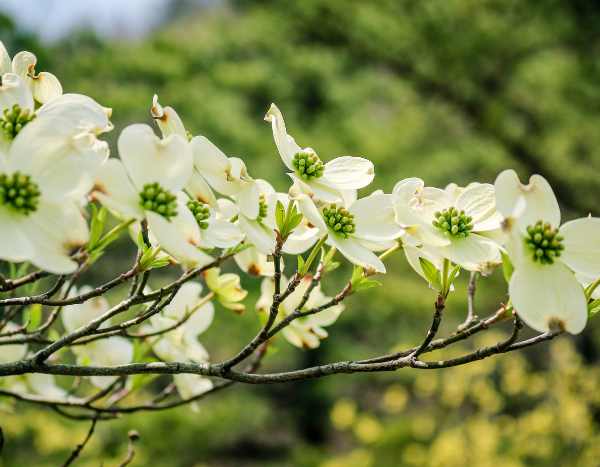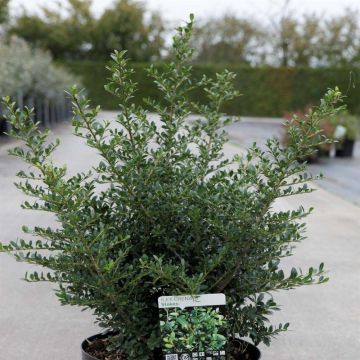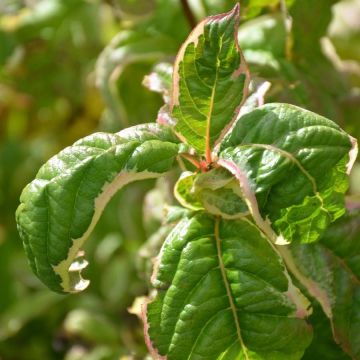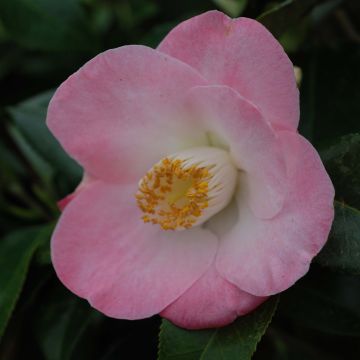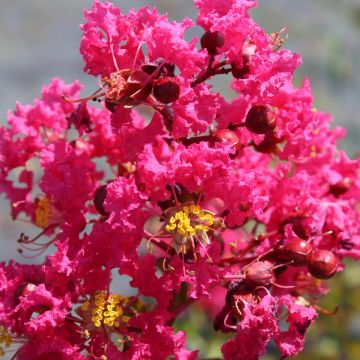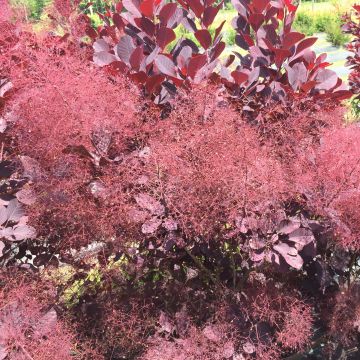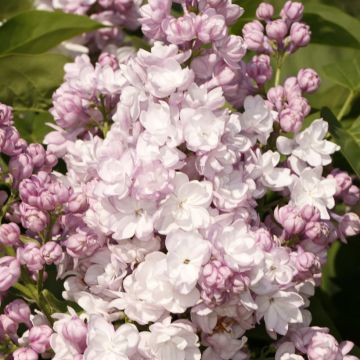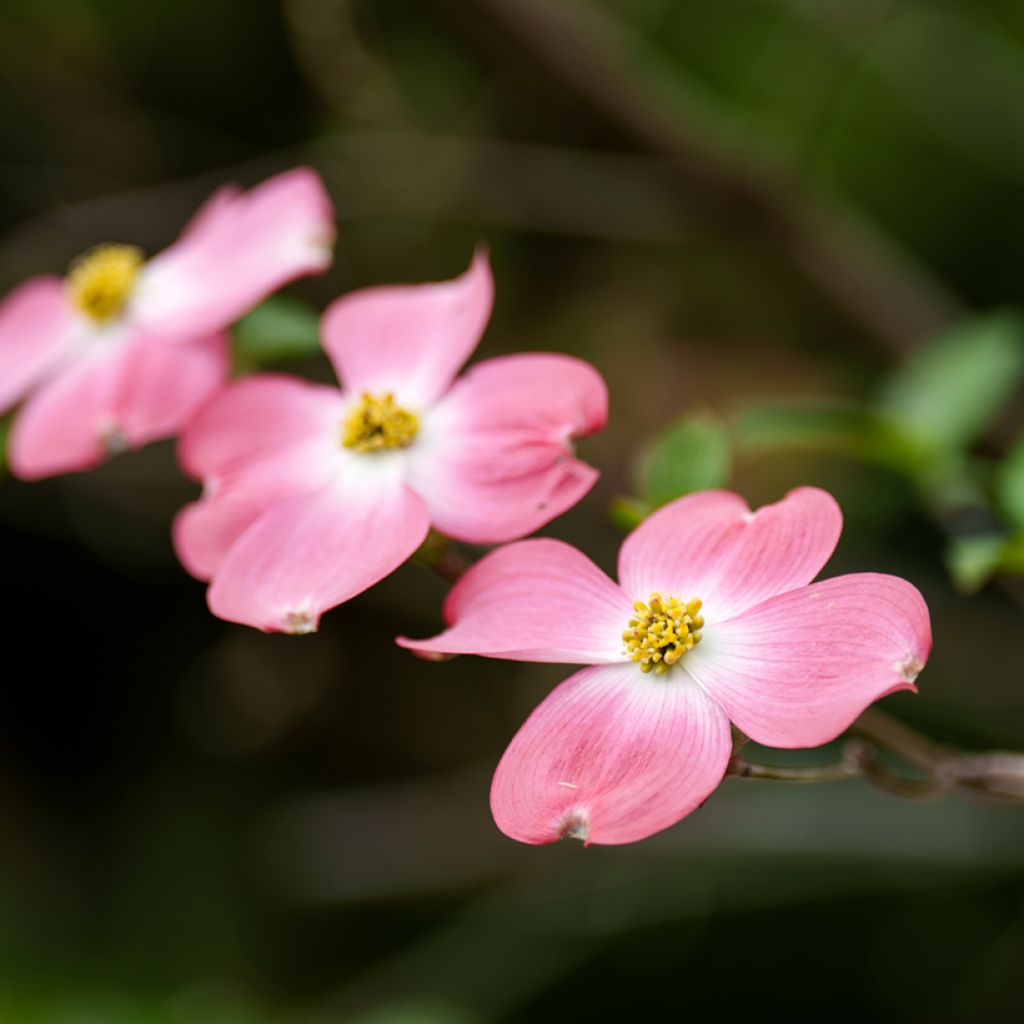

Cornus florida Rubra - Flowering Dogwood


Cornus florida Rubra - Flowering Dogwood
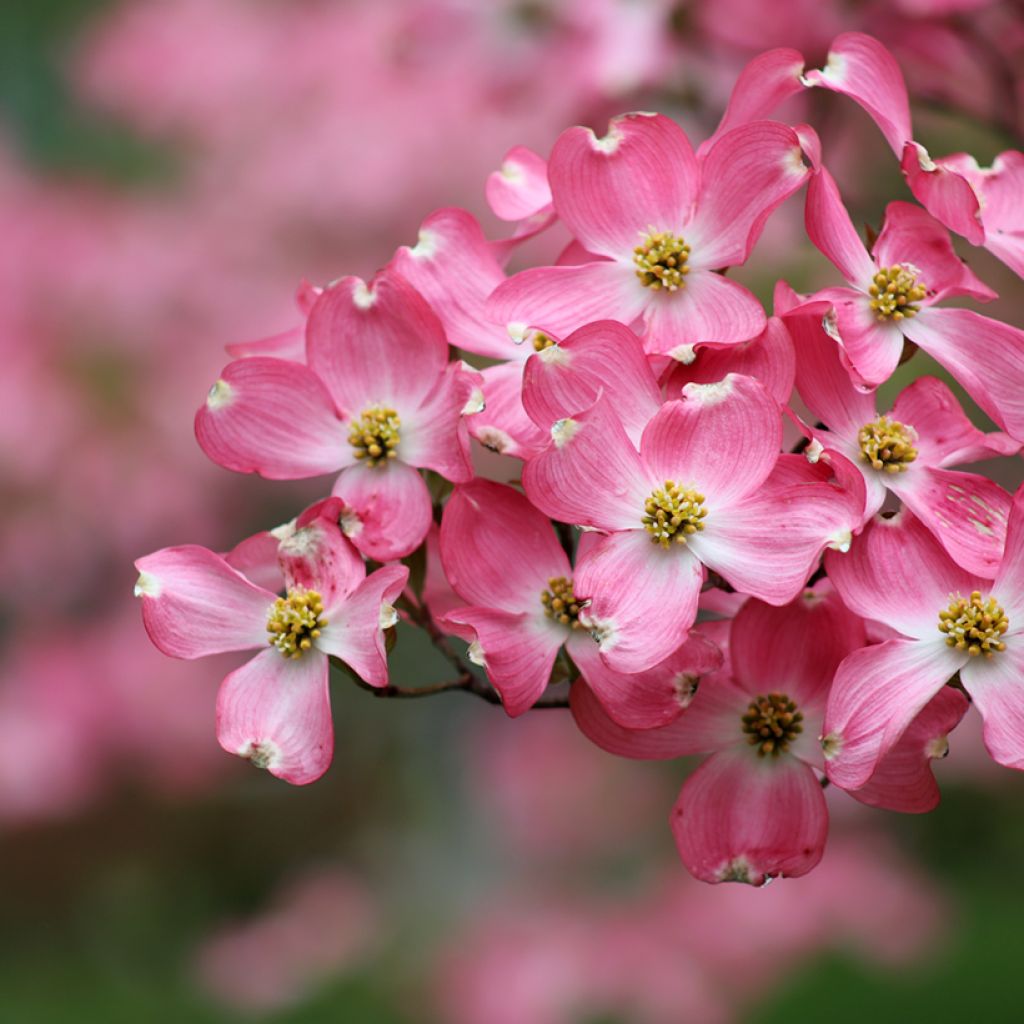

Cornus florida Rubra - Flowering Dogwood
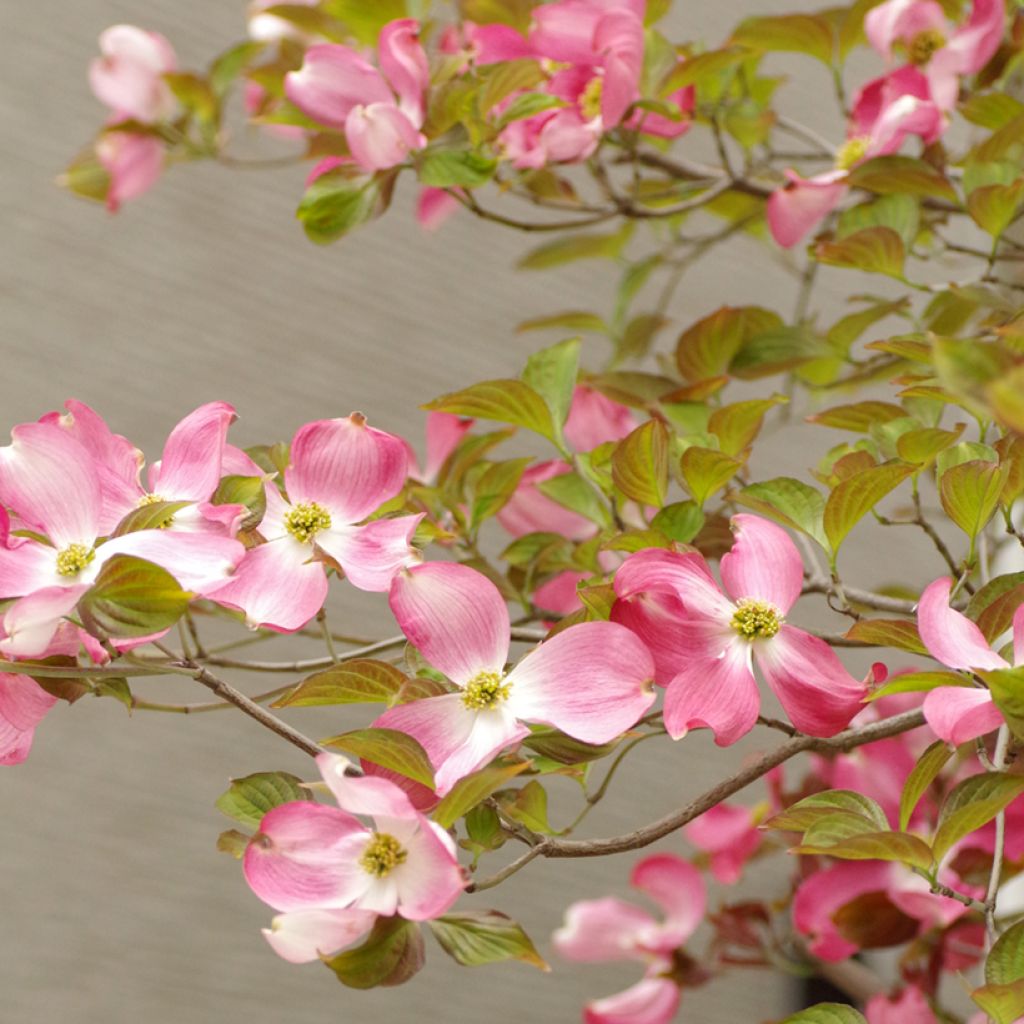

Cornus florida Rubra - Flowering Dogwood
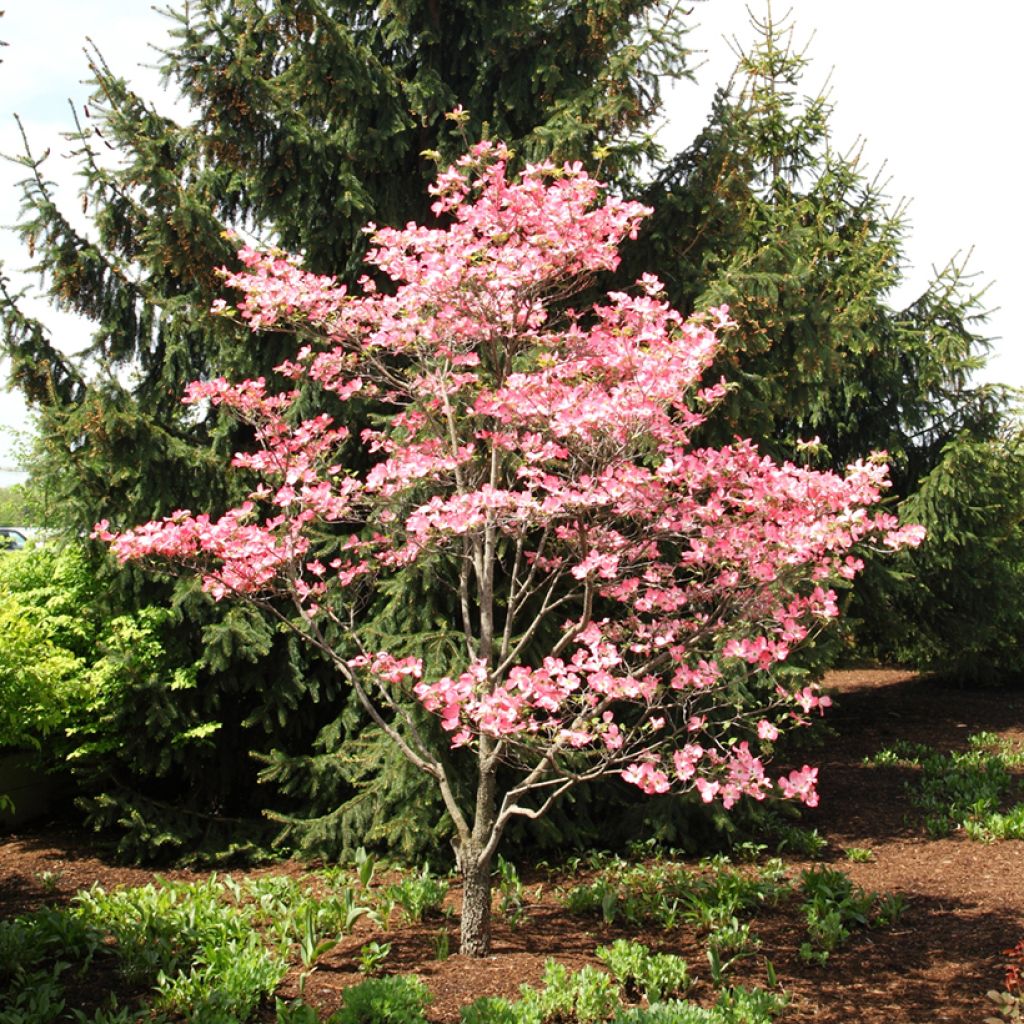

Cornus florida Rubra - Flowering Dogwood
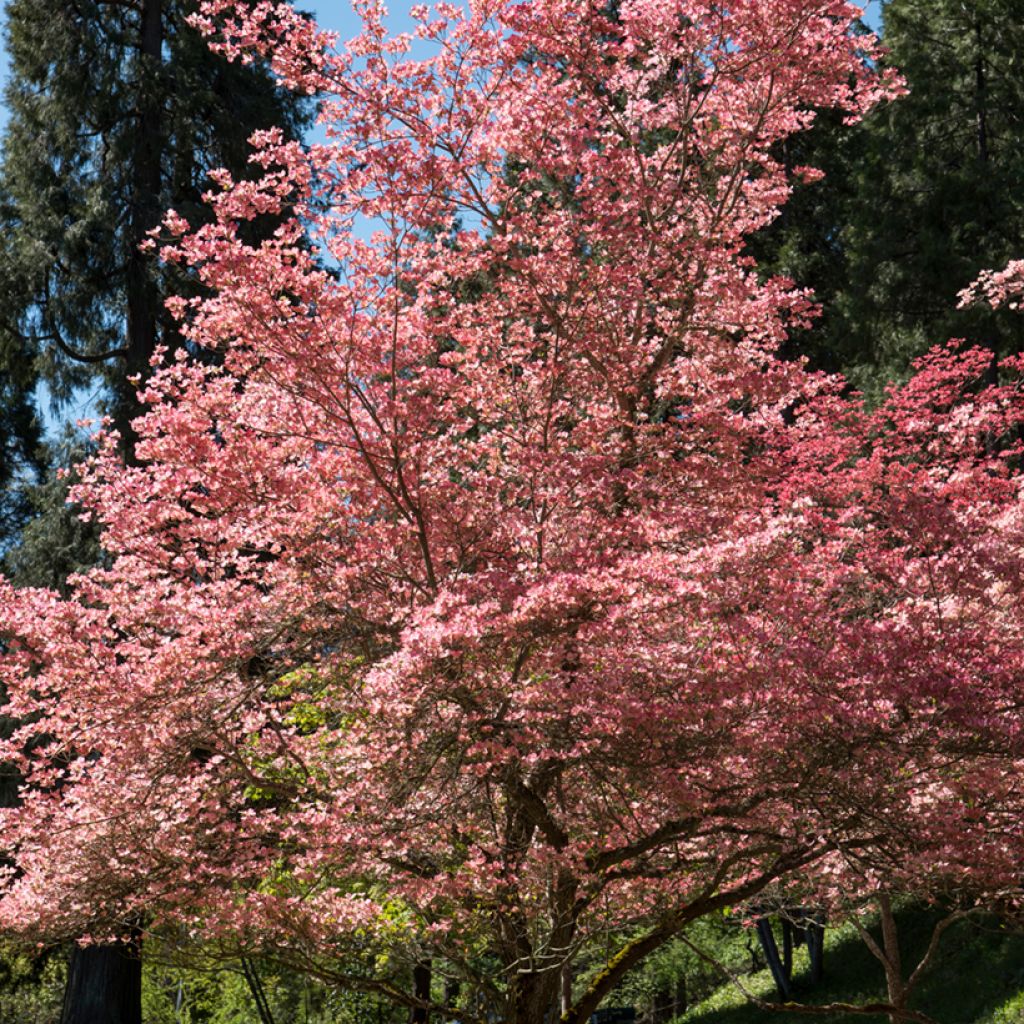

Cornus florida Rubra - Flowering Dogwood


Cornus florida Rubra - Flowering Dogwood
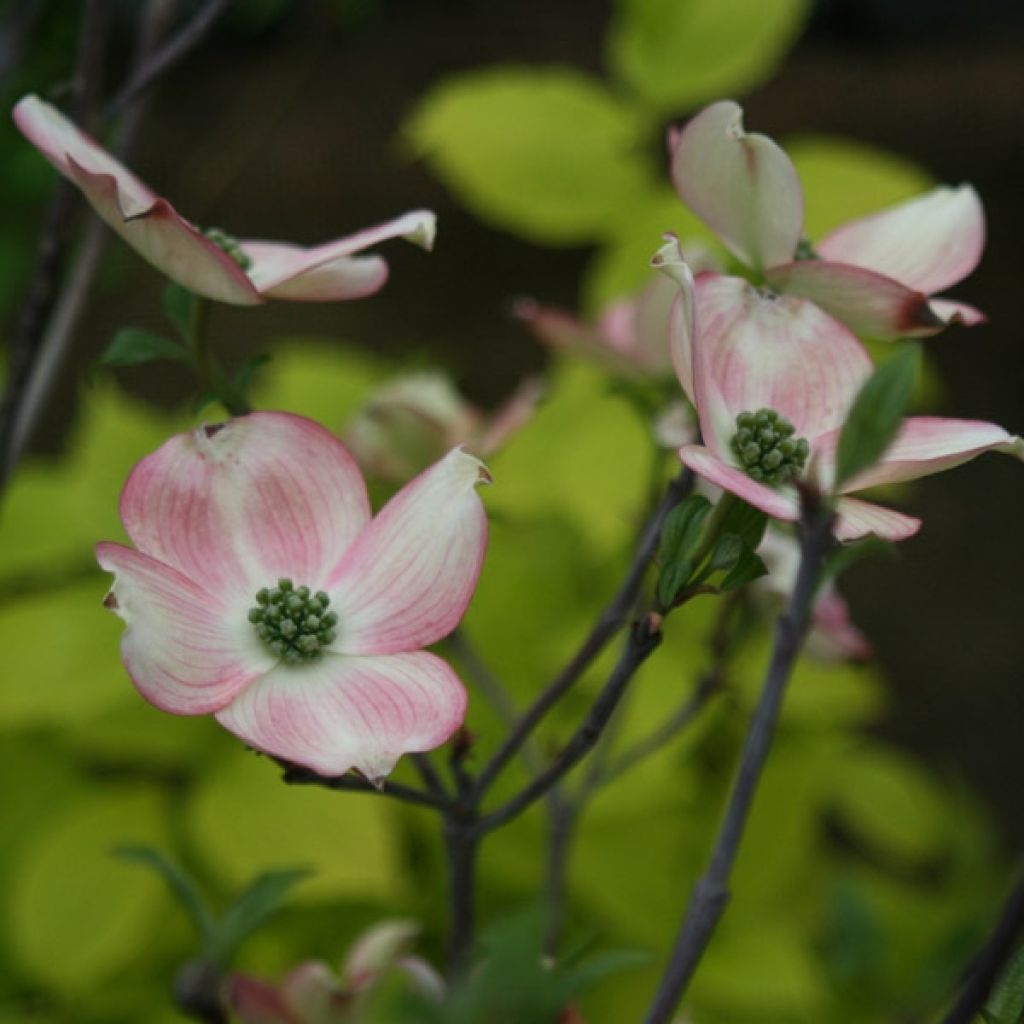

Cornus florida Rubra - Flowering Dogwood
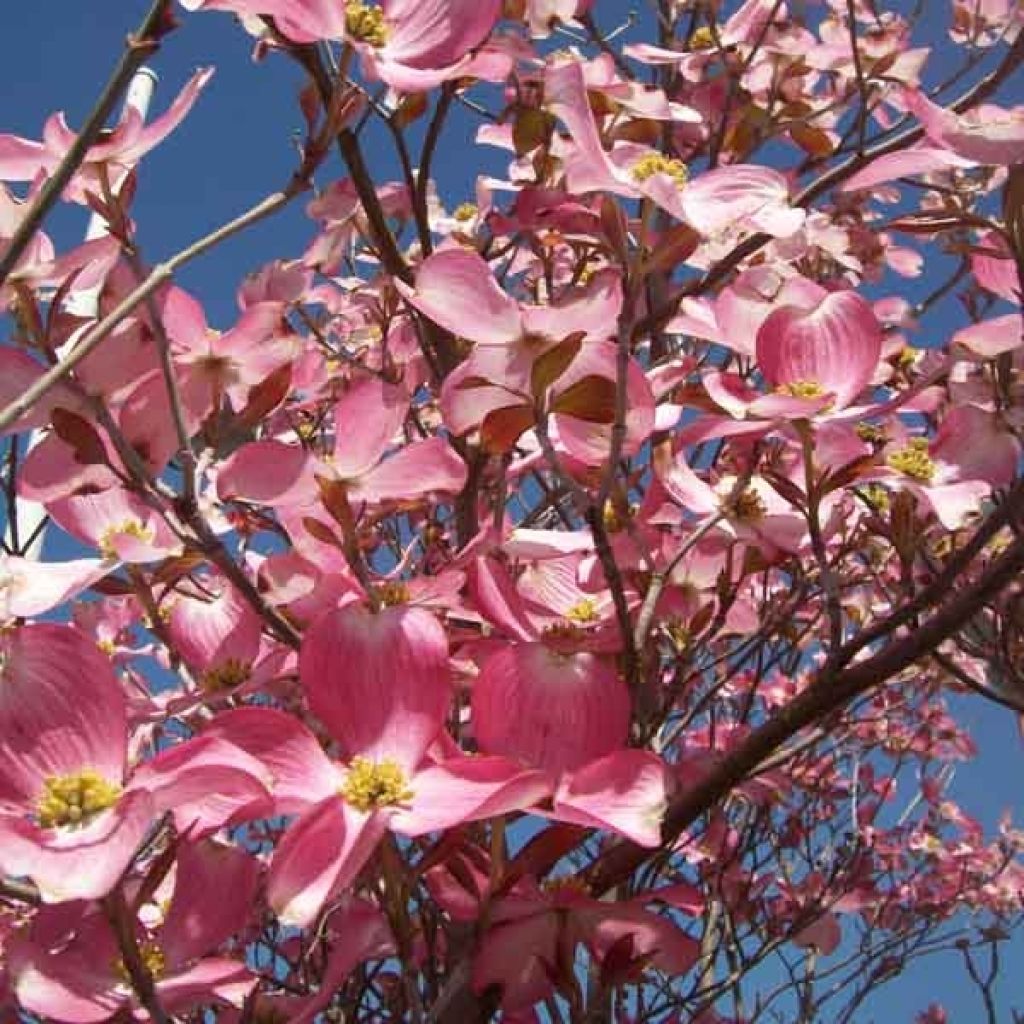

Cornus florida Rubra - Flowering Dogwood


Cornus florida Rubra - Flowering Dogwood
Cornus florida Rubra - Flowering Dogwood
Cornus florida Rubra
Flowering Dogwood, American Dogwood
One of the two young plants was in poor condition (top of the main stem broken) and its foliage appears very dull compared to the second plant received.
ALB29, 19/05/2024
Special offer!
Receive a €20 voucher for any order over €90 (excluding delivery costs, credit notes, and plastic-free options)!
1- Add your favorite plants to your cart.
2- Once you have reached €90, confirm your order (you can even choose the delivery date!).
3- As soon as your order is shipped, you will receive an email containing your voucher code, valid for 3 months (90 days).
Your voucher is unique and can only be used once, for any order with a minimum value of €20, excluding delivery costs.
Can be combined with other current offers, non-divisible and non-refundable.
Home or relay delivery (depending on size and destination)
Schedule delivery date,
and select date in basket
This plant carries a 24 months recovery warranty
More information
We guarantee the quality of our plants for a full growing cycle, and will replace at our expense any plant that fails to recover under normal climatic and planting conditions.

Would this plant suit my garden?
Set up your Plantfit profile →
Description
The Cornus florida 'Rubra' is a horticultural form with deep pink "flowers" of the American flowering dogwood, introduced to Europe in 1847. Although not widely represented in our gardens, this large shrub or small tree is considered one of the most beautiful flowering trees in North America. While its cultivation has some specific requirements it thrives in a non-chalky soil offering a very beautiful bright pink flowering in spring, like large butterflies spread out on the branches with a Japanese appearance. The foliage changes in autumn, invaded by shades of scarlet to purple. It makes a very beautiful subject in isolation, in a small garden, or associated in a large ensemble like a free hedge or a grove of shrubs.
The Cornus florida is a large shrub with flowers native to regions located in northeastern North America, belonging to the cornaceae family. 'Rubra', its pink-tinted form, will reach about 6m (19ft 8in) in height by 5m (16ft 5in) in width. Its habit is rather conical and enlarged, formed by a crown of lateral branches growing horizontally from the single, often twisted, trunk. Starting in May in cool regions, sometimes earlier in mild climates, clusters of small moss-green flowers with yellow tips, measuring 0.5 to 2cm (0.8in) in length, form just before the appearance of the leaves or simultaneously. They are gathered in bunches (glomerules) and are surrounded by 4 large, deep pink bracts similar to petals, 4cm (1.6in) long. This flowering is more abundant if temperatures are high in summer, and is followed in September-October by the formation of scattered, non-edible red fruits, 1cm (0.4in) in diameter. The deciduous foliage is composed of green leaves margined with white, taking on beautiful autumnal colours. The leaves measure from 10 to 15cm (5.9in) in length and are wide, ovate, and pointed. They are often twisted or curled. The bark of young branches and twigs is greenish, tinged with red on their sun-exposed side. With age, it turns grey and cracks.
The 'Rubra' flowering dogwood is a very hardy species (-20°C (-4°F)) that prefers non-chalky soil and is better suited to humid climates, with fairly hot summers. It is interesting as a single specimen for small gardens but also works well in borders and natural hedges. It can be associated with other early flowering shrubs (Hamamelis, Magnolia stellata), fragrant and perpetual lilacs from the Bloomerang series, or mock oranges. In an ericaceous bed, it is a perfect companion for rhododendrons and deciduous azaleas.
.
Cornus florida Rubra - Flowering Dogwood in pictures
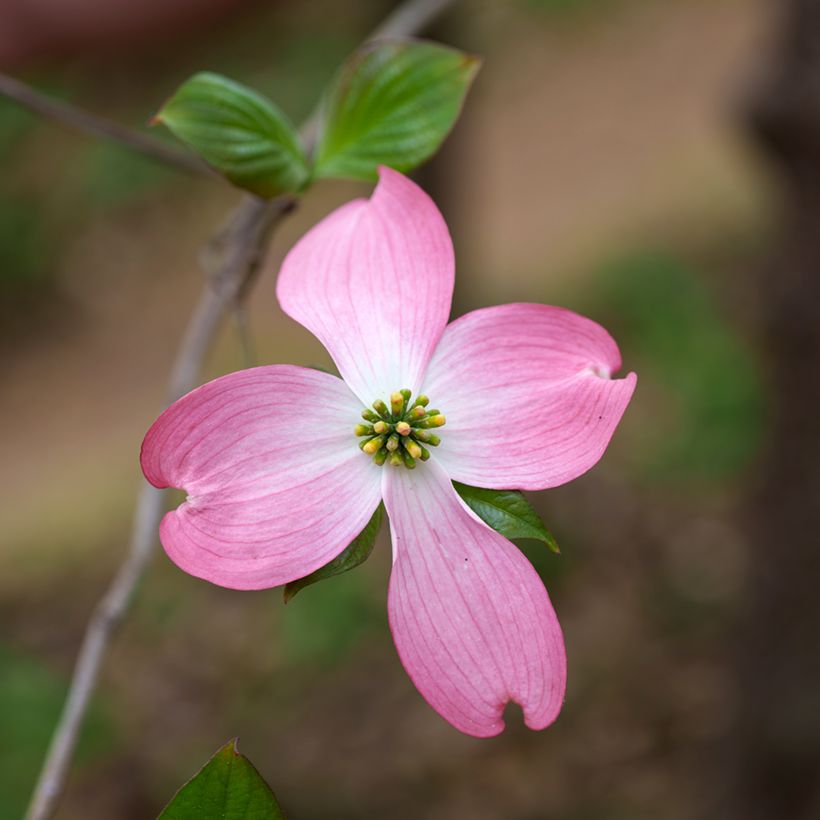

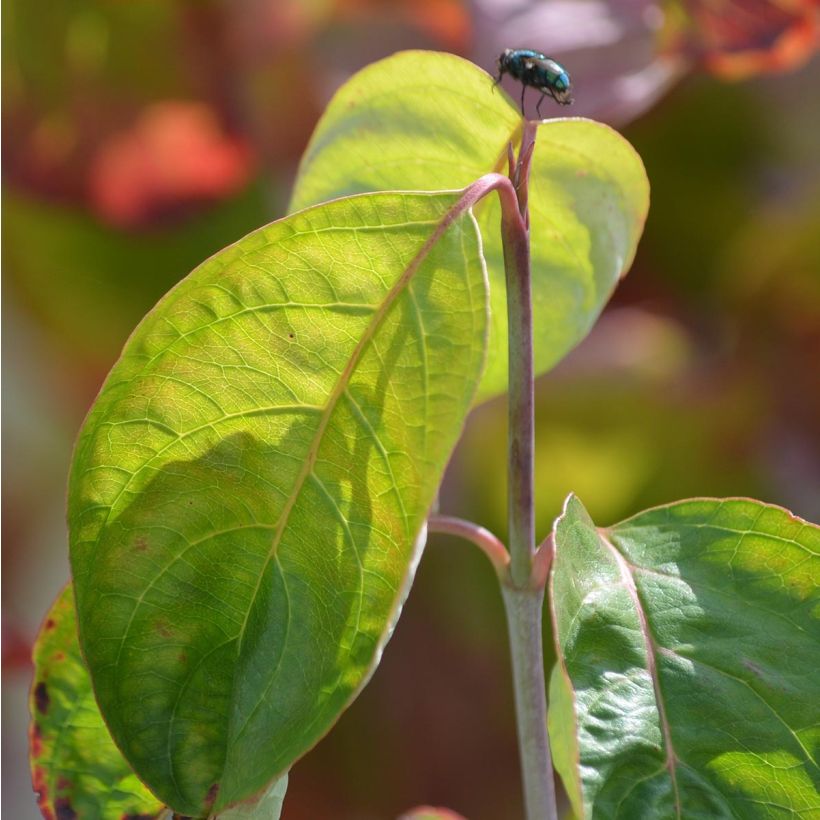



Plant habit
Flowering
Foliage
Botanical data
Cornus
florida
Rubra
Cornaceae
Flowering Dogwood, American Dogwood
North America
Planting and care
The Cornus Florida 'Rubra' is best planted in a sunny or partially shaded environment. It thrives in warmth, which aids in its flowering, and is susceptible to late spring frosts. It should be placed in a soil that is low in limestone and tends to be acidic. The soil should be moist but well-drained. It can be planted in spring or autumn (when there is no risk of frost). Easy to cultivate, the Flowering Dogwood requires little maintenance. Pruning is not essential. Care should be taken to prevent parasitic attacks, such as anthracnose, which can cause severe damage.
Planting period
Intended location
Care
Planting & care advice
-
, onOrder confirmed
Reply from on Promesse de fleurs
Similar products
Haven't found what you were looking for?
Hardiness is the lowest winter temperature a plant can endure without suffering serious damage or even dying. However, hardiness is affected by location (a sheltered area, such as a patio), protection (winter cover) and soil type (hardiness is improved by well-drained soil).

Photo Sharing Terms & Conditions
In order to encourage gardeners to interact and share their experiences, Promesse de fleurs offers various media enabling content to be uploaded onto its Site - in particular via the ‘Photo sharing’ module.
The User agrees to refrain from:
- Posting any content that is illegal, prejudicial, insulting, racist, inciteful to hatred, revisionist, contrary to public decency, that infringes on privacy or on the privacy rights of third parties, in particular the publicity rights of persons and goods, intellectual property rights, or the right to privacy.
- Submitting content on behalf of a third party;
- Impersonate the identity of a third party and/or publish any personal information about a third party;
In general, the User undertakes to refrain from any unethical behaviour.
All Content (in particular text, comments, files, images, photos, videos, creative works, etc.), which may be subject to property or intellectual property rights, image or other private rights, shall remain the property of the User, subject to the limited rights granted by the terms of the licence granted by Promesse de fleurs as stated below. Users are at liberty to publish or not to publish such Content on the Site, notably via the ‘Photo Sharing’ facility, and accept that this Content shall be made public and freely accessible, notably on the Internet.
Users further acknowledge, undertake to have ,and guarantee that they hold all necessary rights and permissions to publish such material on the Site, in particular with regard to the legislation in force pertaining to any privacy, property, intellectual property, image, or contractual rights, or rights of any other nature. By publishing such Content on the Site, Users acknowledge accepting full liability as publishers of the Content within the meaning of the law, and grant Promesse de fleurs, free of charge, an inclusive, worldwide licence for the said Content for the entire duration of its publication, including all reproduction, representation, up/downloading, displaying, performing, transmission, and storage rights.
Users also grant permission for their name to be linked to the Content and accept that this link may not always be made available.
By engaging in posting material, Users consent to their Content becoming automatically accessible on the Internet, in particular on other sites and/or blogs and/or web pages of the Promesse de fleurs site, including in particular social pages and the Promesse de fleurs catalogue.
Users may secure the removal of entrusted content free of charge by issuing a simple request via our contact form.
The flowering period indicated on our website applies to countries and regions located in USDA zone 8 (France, the United Kingdom, Ireland, the Netherlands, etc.)
It will vary according to where you live:
- In zones 9 to 10 (Italy, Spain, Greece, etc.), flowering will occur about 2 to 4 weeks earlier.
- In zones 6 to 7 (Germany, Poland, Slovenia, and lower mountainous regions), flowering will be delayed by 2 to 3 weeks.
- In zone 5 (Central Europe, Scandinavia), blooming will be delayed by 3 to 5 weeks.
In temperate climates, pruning of spring-flowering shrubs (forsythia, spireas, etc.) should be done just after flowering.
Pruning of summer-flowering shrubs (Indian Lilac, Perovskia, etc.) can be done in winter or spring.
In cold regions as well as with frost-sensitive plants, avoid pruning too early when severe frosts may still occur.
The planting period indicated on our website applies to countries and regions located in USDA zone 8 (France, United Kingdom, Ireland, Netherlands).
It will vary according to where you live:
- In Mediterranean zones (Marseille, Madrid, Milan, etc.), autumn and winter are the best planting periods.
- In continental zones (Strasbourg, Munich, Vienna, etc.), delay planting by 2 to 3 weeks in spring and bring it forward by 2 to 4 weeks in autumn.
- In mountainous regions (the Alps, Pyrenees, Carpathians, etc.), it is best to plant in late spring (May-June) or late summer (August-September).
The harvesting period indicated on our website applies to countries and regions in USDA zone 8 (France, England, Ireland, the Netherlands).
In colder areas (Scandinavia, Poland, Austria...) fruit and vegetable harvests are likely to be delayed by 3-4 weeks.
In warmer areas (Italy, Spain, Greece, etc.), harvesting will probably take place earlier, depending on weather conditions.
The sowing periods indicated on our website apply to countries and regions within USDA Zone 8 (France, UK, Ireland, Netherlands).
In colder areas (Scandinavia, Poland, Austria...), delay any outdoor sowing by 3-4 weeks, or sow under glass.
In warmer climes (Italy, Spain, Greece, etc.), bring outdoor sowing forward by a few weeks.






























